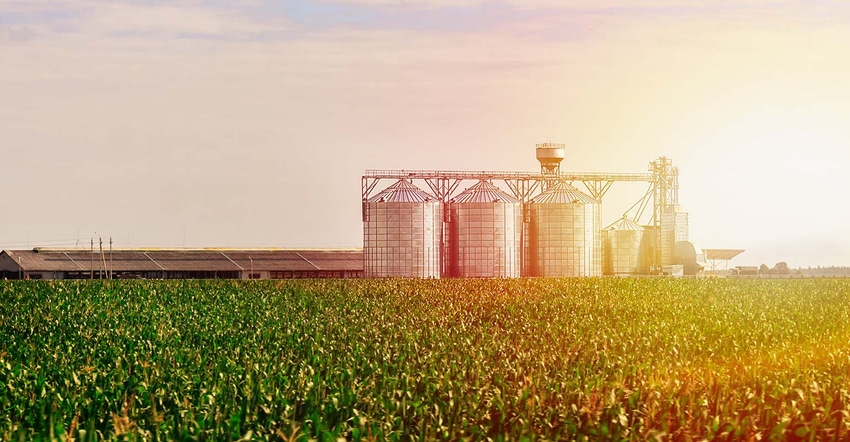
Many American corn and soybean farmers we talk with just want to get this year over with. After record rainfalls and late harvests, a new year and fresh start can’t come soon enough.
For those in that camp, let’s start 2020 with a new look at the “downturn” in the ag economy. That word is both depressing and deflating; it implies prices and demand should be at 2013 levels – but that is likely never going to happen again.
The ag economy is in that stage that follows any economic boom and downturn cycle. Some people call it a trough. Call it flatline farming, if you will. We’re not drowning, but we’re not making windfalls. We’re treading water.
“In my mind we’re in the middle of the 1990s and the long plateau,” says Jason Henderson, Purdue University extension director. “How many remember the term, ‘new normal?’ It was code for, ‘this economy sucks.’”
What’s different today? Low interest rates for one thing, and it’s a big one. Even so, we may be in for a long period of flat prices and flat net farm income.
If history is any guide, farming during plateau years means you scramble for profit, rein in spending, make profitable sales when you can, and look to the government for help. By the end of the 1980s, government payments were 45% of U.S. net farm income; By the early ‘70s government payments made up 25% of farm income. Right now, with Market Facilitation Program Payments, government payments make up around 20% of net farm income, says Henderson.
Profitability is a result of price and yield, but it’s also a factor of how you have positioned your equity and working capital. During plateau years, those who make the most money already have land paid for.
For farmers with stored grain, short term pricing opportunities may hinge on prevented planted acres, which were at record levels in the spring of 2019. That means many acres never got planted due to rainfall. In America, when grain elevators don’t have grain, they raise their bids to attract sales from farmers; that is called ‘positive basis.’ Parts of America’s Midwest were too wet last spring, too dry in the summer, and too wet during harvest for whatever acres did get planted. As a result, basis flipped to positive in corn deficit regions.
If you do have stored grain in those regions, you may see profitable sales opportunities in the next few months.
Focusing on yield
Historically, in plateau eras farmers cut back on investments, except for land. “Capital expenditures for machinery flatten out, but they spend money to improve land for better yields,” notes Henderson, “because ultimately that’s what enhances their bottom line.”
Second, they consolidate. And, they diversify. Some people are pinning hopes on hemp (see cover story). Others look to add organic acres, specialty crops, livestock, agritourism, or other non-commodity enterprises.
They also get off-farm jobs. The percent of income coming from off-farm jobs dropped over time then rose in the most recent decade. The general economic recovery has not been kind to rural America, but there’s a silver lining -- it provided some off-farm job opportunities that shored up needed health benefits for farm families.
Here’s another positive twist to farming during plateaus: Land values usually remain strong, says Henderson. He expects land values will rise roughly 2% plus inflation during the plateau years.
“The difference in this plateau is, interest rates are low and getting lower,” he adds.
Where is future demand?
Without another China-soybean export surge, or ethanol renewable fuels boom, the plateau may linger as much as another decade. But these last five years have given grain farmers opportunities, either through record yields, cost management, or other one-off factors like drought in South America or political unrest in Eastern Europe.
Historically, U.S. farm exports grew 2 to 3% during past plateau eras. In the ‘50s we fed Europe; in the ‘90s we began exporting to the Asian tiger countries; then, it was China.
If we can figure out what India needs and is willing to buy from us, that’s a start.
Meanwhile, stay afloat and have a Happy Thanksgiving.
The opinions of the author are not necessarily those of Farm Futures or Farm Progress.
About the Author(s)
You May Also Like






